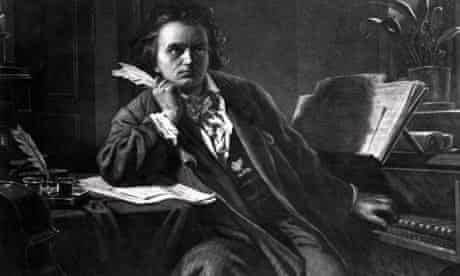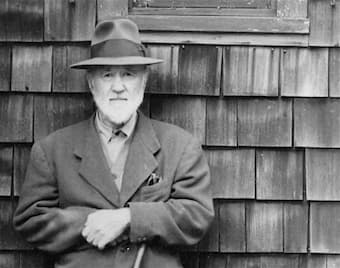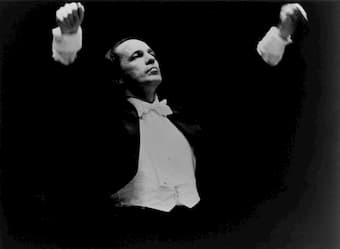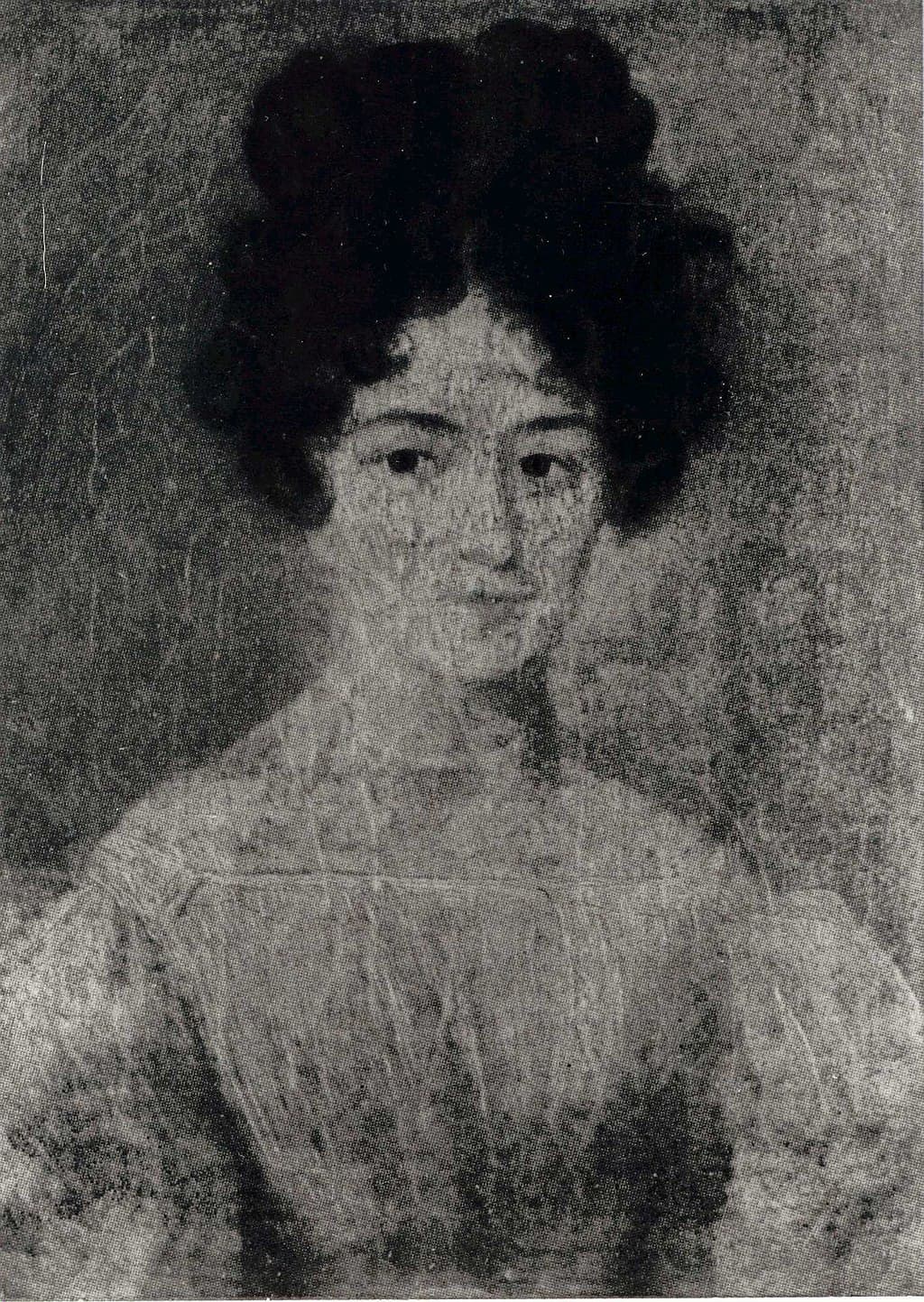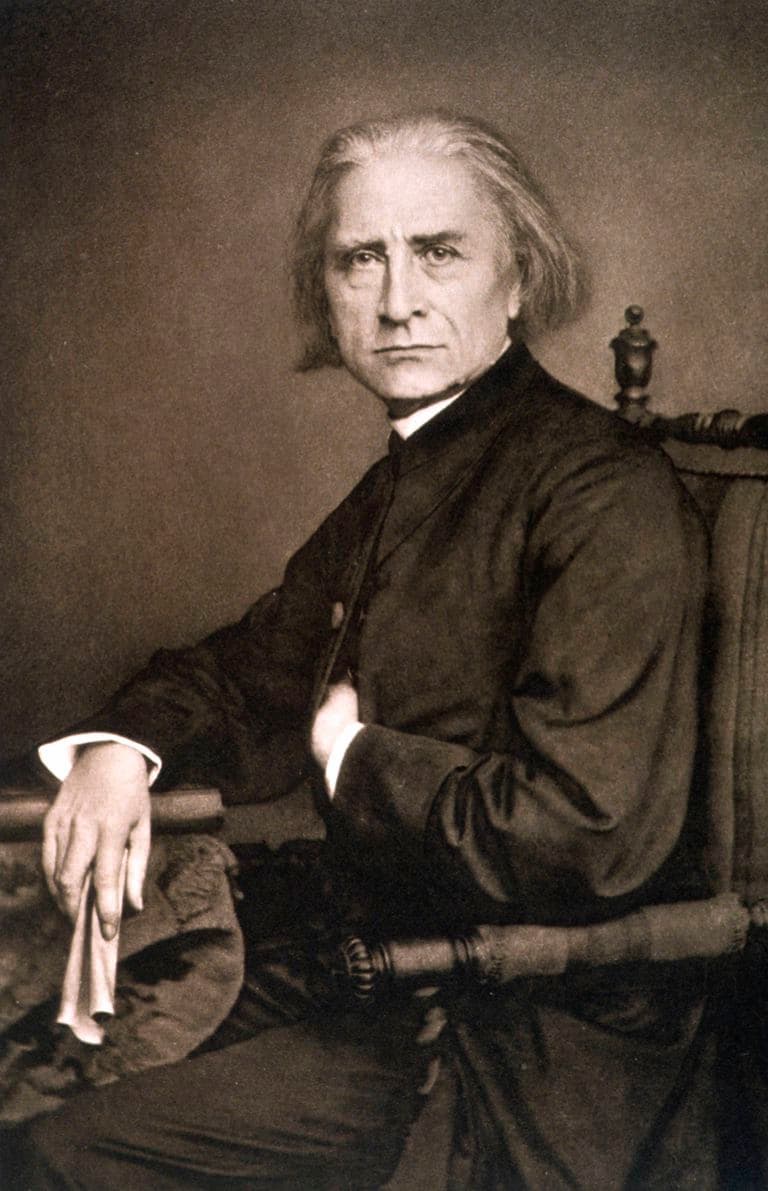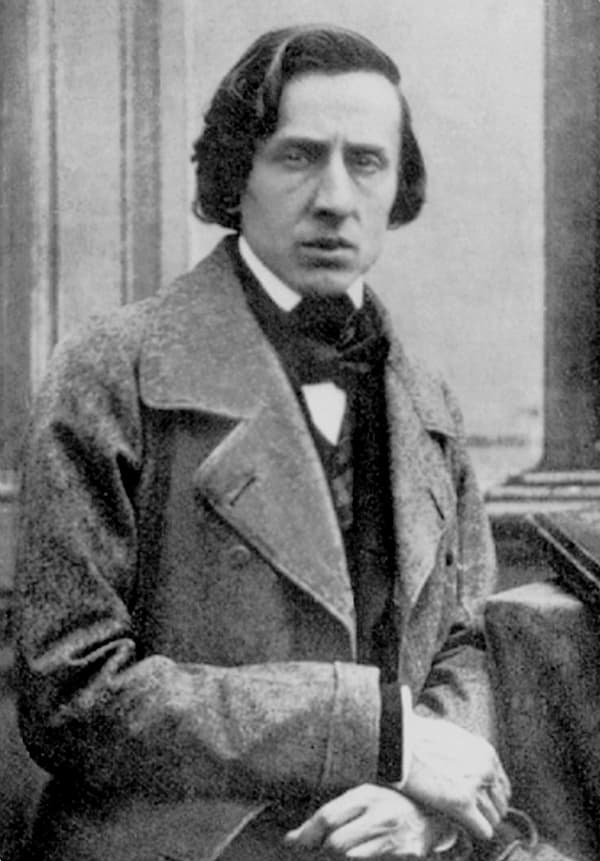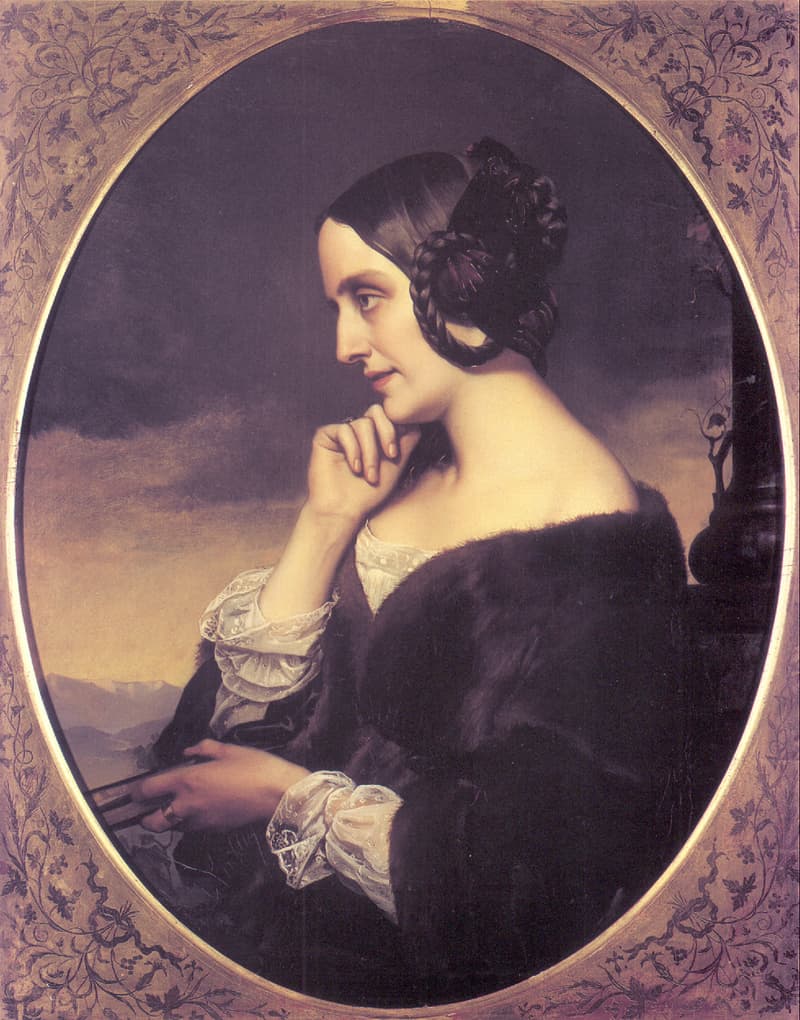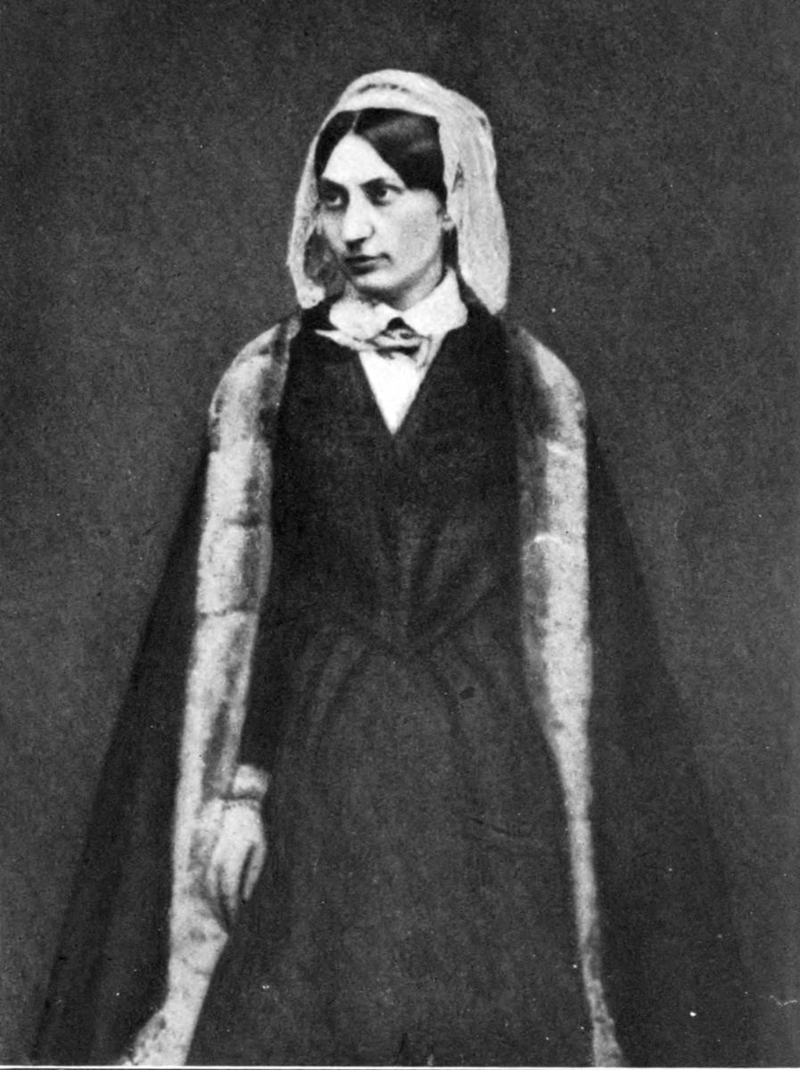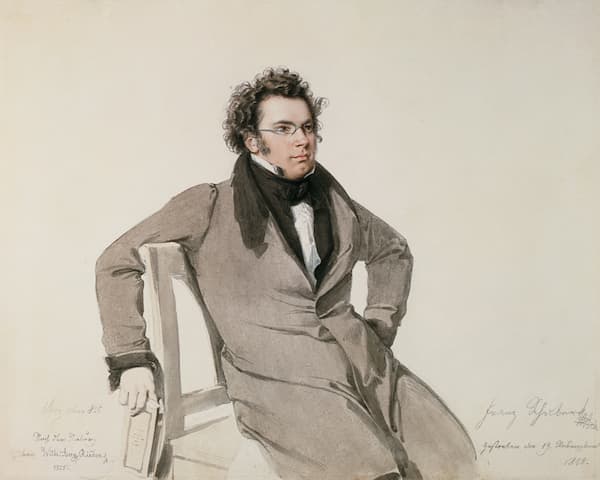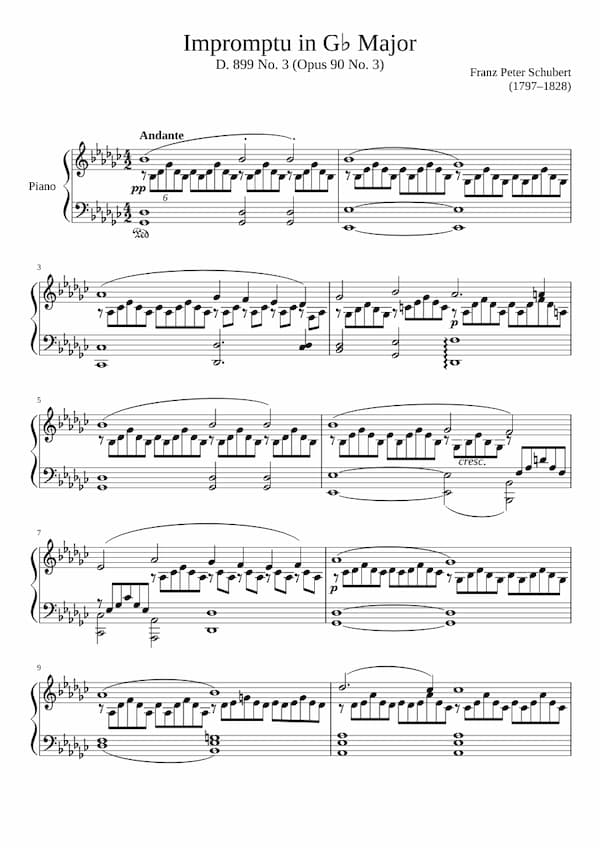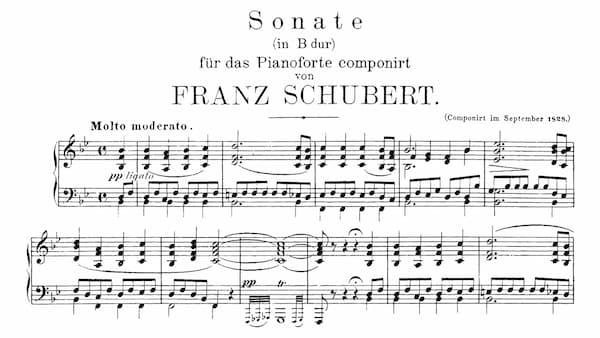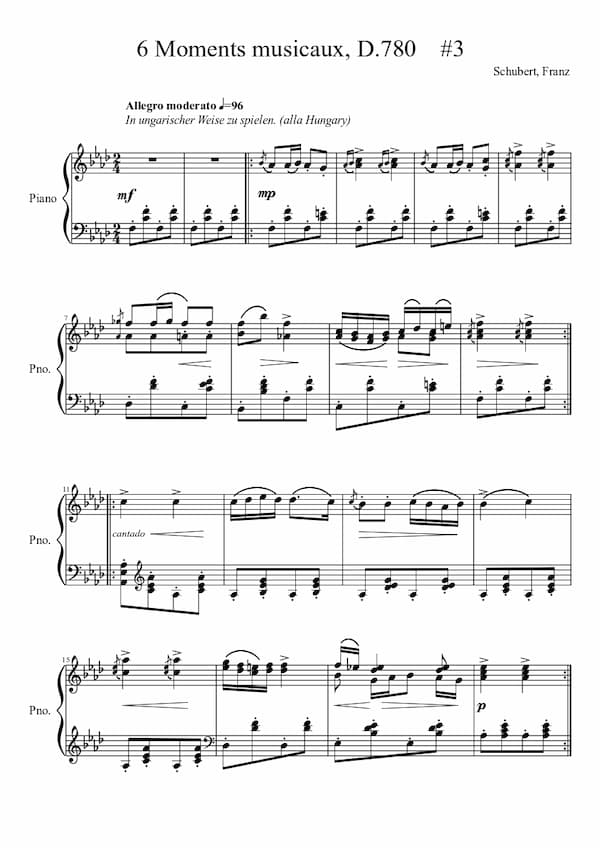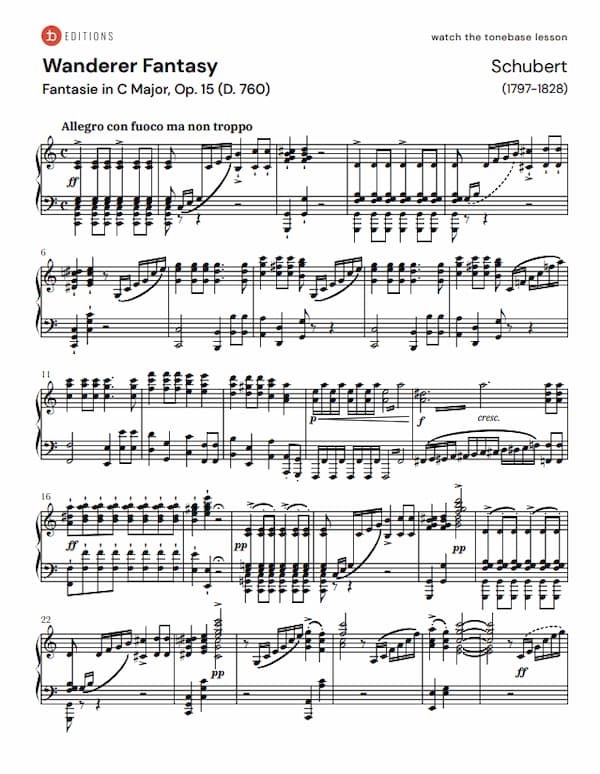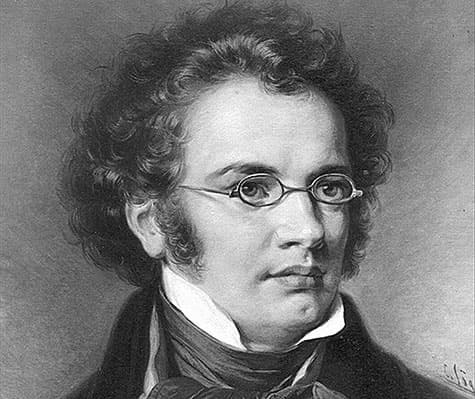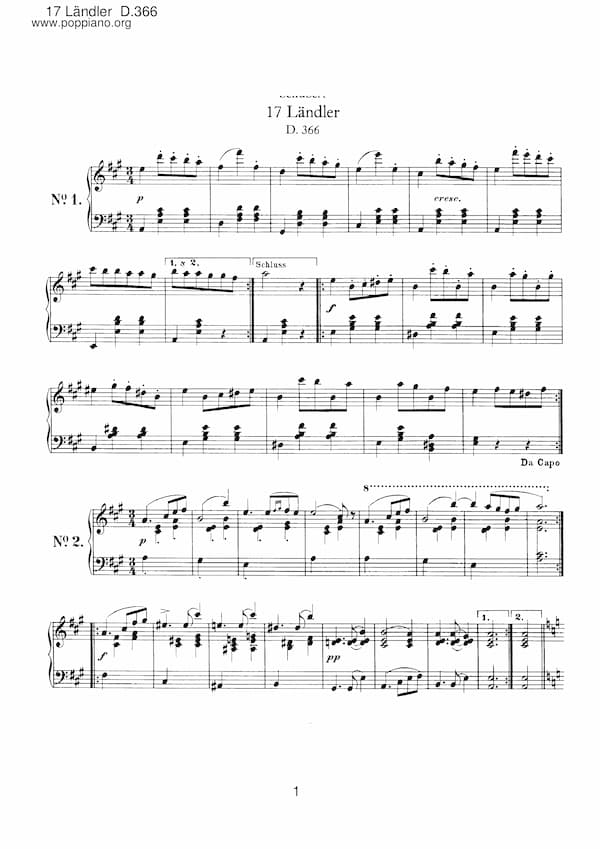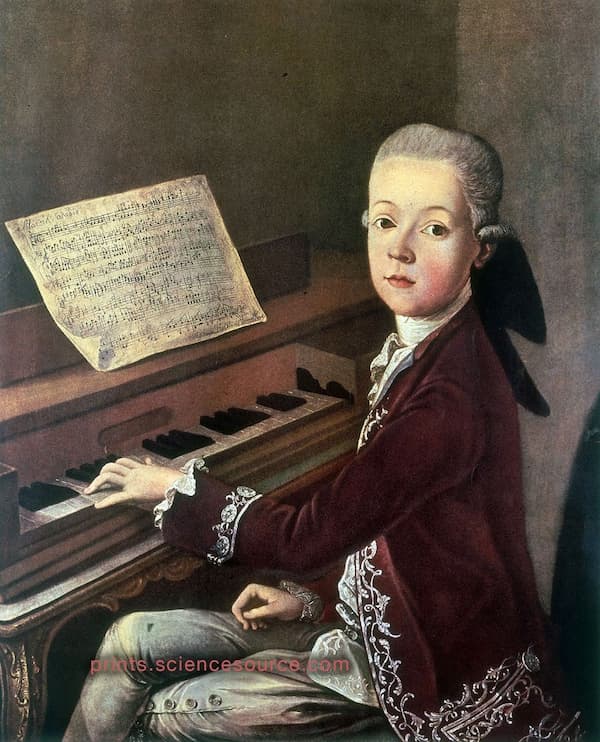
Mozart at the piano
With sparkling passages, lively rhythms, and lyrical themes, they’re a treasure trove of emotions, expressing joy, melancholy, brilliance, and whimsy. And they remain a staple of the piano repertoire, offering performers an exciting mix of technical challenges and profound musical expression while delighting listeners with their timeless beauty and charm.
Since January is Mozart’s birth month, we decided to feature his 10 most popular piano sonatas. Of course, the selection is all subjective, but I tried to include a nice mix of sonatas that showcase his lighter classical style with more profound and experimental pieces. So here are 10 Mozart piano sonatas that capture Mozart’s innovative style and emotional variety.
Piano Sonata No. 11 in A Major, K. 331
I think the A-Major Sonata K. 331 belongs at the top of the list. It is a wonderful piece that captures the playful genius of Mozart. The entire sonata is full of grace and elegance, with a balanced mix of sophistication and humour. But it’s really the third movement, the famous “Alla Turca” (Turkish March), that stands out.
People instantly recognise the “Turkish March” because of its bright, lively, and infectious character. It actually is a musical portrayal of the Turkish military bands that were popular in Europe during Mozart’s time. The rhythm, with its percussive feel, and the rising and falling melodies evoke a sense of a festive, almost exotic march.
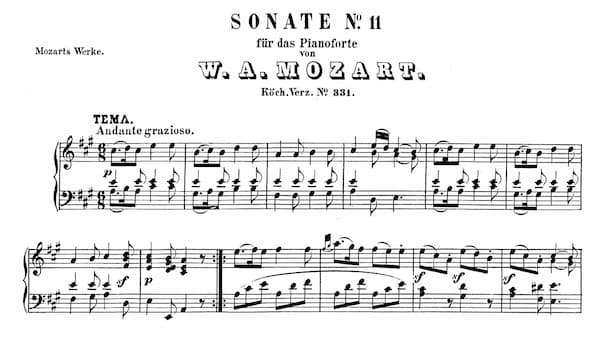
Mozart’s Piano Sonata No. 11 in A Major, K. 331 music score excerpt
But it’s not just musical exoticism as Mozart blends the march beautifully into the framework of the classical sonata, turning a simple idea into something sophisticated and accessible. But we also hear Mozart’s craftsmanship in the conversational, almost improvisatory first variation movement and that lively and delightful second. What a fresh and vibrant sonata, a true testament to Mozart’s timeless musical creativity.
Piano Sonata No. 16 in C Major, K. 545
Mozart’s C-Major, K. 545 is often called the “Sonata facile,” which essentially means easy sonata. It is one of the first Mozart sonatas studied by beginners, but its simplicity is deceptive. Behind its apparent straightforwardness, there is a carefully crafted dialogue between themes, textures, and keys. Just listen to how the different musical voices interact, shift in tone, and express contrasting ideas; it is very much like the flow of a dynamic conversation.
The opening movement is lively and energetic, beginning with a cheerful and simple tune. As the music shifts to a more lyrical theme, it creates a delightful back-and-forth between the two ideas in the manner of a musical conversation. When the main theme returns it offers a sense of reassurance and familiarity, and the movement concludes in a joyous and most satisfying way.
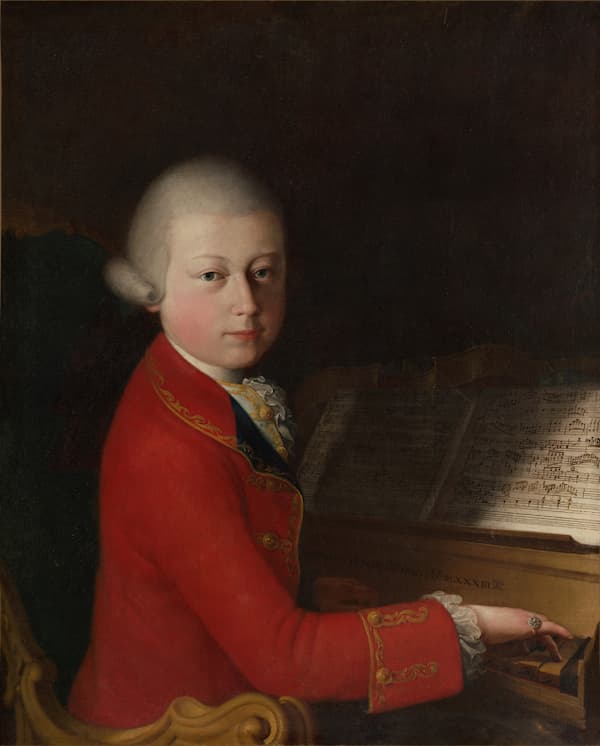
Mozart in Italy
The second movement is slow, introspective, and reflective, resembling a quiet, thoughtful conversation. It begins with a gentle melody that feels like a soft question, inviting reflection. The mood remains calm and personal throughout, with the music exploring emotions tenderly before returning to its original theme and concluding peacefully.
The last movement is lively and playful, full of energy and excitement, like an invitation to have fun. The main theme returns multiple times, each time with a new twist. There are brief, surprising variations that add to the playful back-and-forth before the movement concludes with a joyful flourish, wrapping up the piece on a bright, happy note.
Piano Sonata No. 8 in A minor, K. 310
Mozart’s A-minor Sonata, K. 310, dates from 1778 and from a time when Mozart was going through a particularly difficult period in his life. He was living in Paris then and desperately tried to establish himself as a composer and performer. He was struggling with severe financial difficulties and personal setbacks when his mother, Anna Maria Mozart, died in Paris on 3 July 1778.
The loss of his mother affected him deeply, and the Sonata K. 310 reflects a shift toward a more serious and emotional musical language. Mozart was only in his mid-20s, but the depth of expression in this work suggests a maturity beyond his years. It is one of Mozart’s most personal and emotionally complex works.
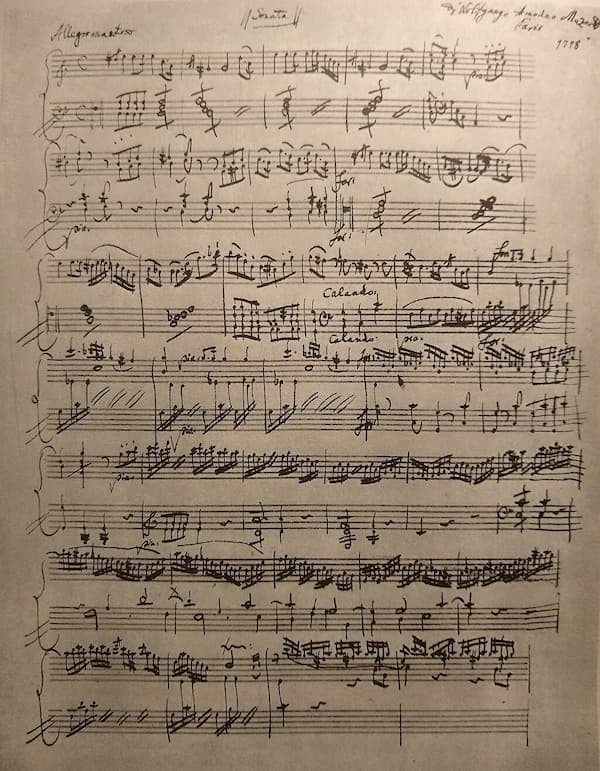
Mozart’s Piano Sonata No. 8 in A minor, K. 310, first page of autograph score
The contrasts of mood, key, and style reflect the turmoil Mozart was experiencing in his personal life, and it serves as a profound reflection of human emotion, balancing virtuosity with deep expressiveness. It’s a sonata that demands both technical skill and emotional depth from the performer, and it offers the listener a glimpse into the inner world of one of history’s greatest composers during a time of great personal loss and professional struggle.
Piano Sonata No. 12 in F Major, K. 332
The F-Major Piano Sonata K. 332 was composed in the summer of 1783, during a period when he was firmly established as a successful composer in Vienna. His career was flourishing, and he had already written several piano concertos and other piano sonatas. In addition, he had recently married Constanze Weber and was receiving steady commissions.
K. 332 is one of the most celebrated works in the classical piano repertoire. It demonstrates Mozart’s exceptional command of melody, form, and harmony, and stands as a shining example of his ability to blend elegance with technical brilliance. Known for its emotional depth and dramatic character, this sonata features a greatly matured musical style.
This sonata is at once elegant, emotional, and technically demanding. It combines clear formal structures with deep musical expressions. The contrast between the movements, from the lively first movement to the contemplative second and the playful third, demonstrates Mozart’s ability to shift moods and maintain a cohesive sense of narrative. This sonata remains a cornerstone of the classical piano repertoire and performers and audiences love it for its blend of sophistication, emotional depth, and technical brilliance.
Piano Sonata No. 14 in C minor, K. 457
Mozart was a musical genius who played several different instruments, including the violin, viola, organ, and the harpsichord. But his all-time favourite was the new fortepiano, an instrument that had significantly improved in the 1770s. Mozart encountered the instrument of Johann Andreas Stein in Augsburg in 1777, and once he arrived in Vienna, he bought a pianoforte made by Anton Walter.
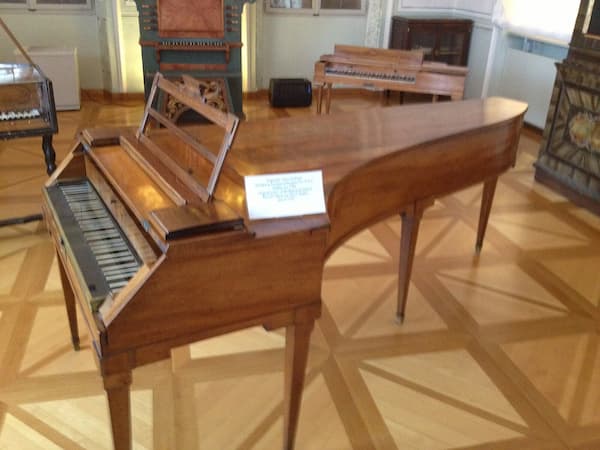
Mozart’s piano
As a scholar writes, “these instruments were perfectly suited to the style cultivated by Mozart and his contemporaries, so vastly different from the polyphonic constructions of earlier generations. At the keyboard, whether performing his sonatas, concertos, or the improvisations described in numerous accounts, Mozart always favoured “taste, precision, and emotion.”
The C-minor Sonata, K. 457 is one of Mozart’s most emotionally intense and dramatically powerful works for solo piano. It dates from 1784, and from a time when Mozart was at the height of his fame as both a composer and pianist. Beautifully constructed, this sonata balances structural precision with expressive depth. Its popularity and charm derives from the contrast between virtuosic moments and more contemplative lyrical sections. According to critics, Mozart shows the ability to combine emotional depth with intellectual clarity, “qualities that have made his music timeless.”
Piano Sonata No. 13 in B-flat Major, K. 333
The B-flat Major Sonata K.333 was probably written in the city of Linz around 1783. It is one of Mozart’s lightest works, however, with moments that reach beyond mere charm. Some commentators have suggested that it is feminine throughout, but clearly, not everybody agrees. In the event, it is a work of sheer loveliness and certainly belongs to the 10 most popular Mozart piano sonatas.
The opening movement is in “galant” style, featuring short and balanced phrases to construct the themes. And can you hear the little sigh motives throughout? It is an elegant combination of textbook sonata-form construction, Italianate vocal melodies and sparkling keyboard figuration.
The emotional centre of the work is found in the “Andante cantabile,” an operatic aria transferred to the keyboard idiom. We hear lots of dignified lyrical reflections, but in the middle section of the movement, there is some delicious chromaticism that evolves into an intense expressiveness—what a stunning passage.
It all concludes with a toe-tapping sonata rondo full of playful lightness. The opening refrain is a melody that you will remember tomorrow, and the spirit of the concerto is not far behind. The movement reaches ever-greater heights of animation, rushing towards an exuberant cadenza.
Piano Sonata No. 15 in F Major, K. 533/494
The F-Major Sonata K. 533/494 actually carries two Köchel numbers. The reason is simple: the concluding “Rondo” movement was originally a stand-alone piece that Mozart composed in 1786. Two years later, Mozart wrote the first two movements of K. 533 and incorporated a revised version of K. 494 as the finale. Mozart did expand on the original Rondo in order to provide a more substantial counterpart to the other two movements.
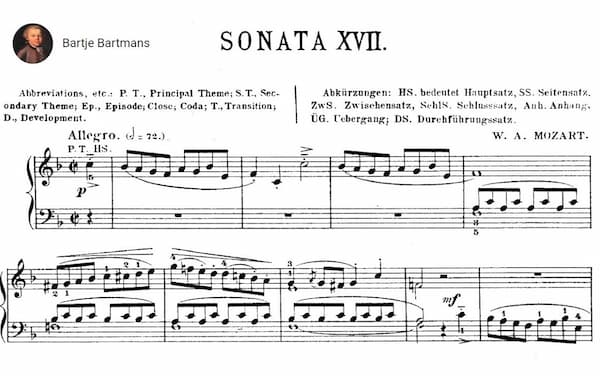
Mozart’s Piano Sonata No. 15 in F Major, K. 533 music score excerpt
This sonata reveals an unusually sober side of the often playful and buoyant composer. There is an underlying depth and introspection, particularly in the second movement, which gives this piece a more sombre overall feeling. While the outer movements are bright and cheerful, the reflective second movement suggests a sense of emotional complexity. There seems to be an undercurrent of conflict, both harmonic and emotional, throughout the sonata.
The first movement of the sonata begins with a gently uneasy mood, with moments of brightness appearing but the tension of the opening prevailing. The second movement shifts to a more serene and elegant tone, with graceful runs and trills enhancing its beauty. The final movement, typically lively in sonatas, also features a sense of urgency but retains much of the earlier sobriety. Although there are cheerful contrasts, the piece ends with an unexpected level of tension for Mozart.
Piano Sonata No. 5 in G major, K. 283
Mozart composed the G Major Piano Sonata K. 283 in 1774 when he was 18 years old. It is part of a set of three piano sonatas written that year, which are often referred to as the “Vienna Sonatas.” These works represent an important stage in Mozart’s development as a composer moving towards the maturity of his later piano compositions.
The sonata is in three movements and is relatively short compared to later works in his piano repertoire, making it accessible to intermediate pianists. Nonetheless, it is still a highly effective showcase of Mozart’s flair for melody, form, and thematic development.
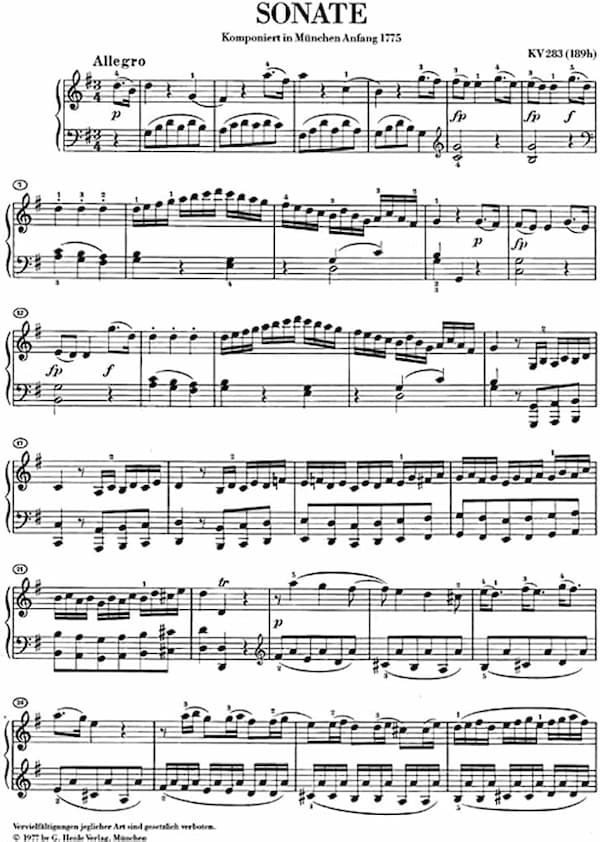
Mozart’s Piano Sonata No. 5 in G major, K. 283 music score excerpt
Mozart presents a delightful blend of simplicity, elegance, and contrast. The first movement is bright and energetic, the second lyrical and introspective, and the concluding movement playful and spirited. Its accessible complexity, use of ornamentation, and clear contrasts between movements make it a favourite in the piano repertoire.
Piano Sonata No. 9 in D Major, K. 311
At the age of 23, Mozart left home for the first time without his father. He was unhappy in Salzburg, and after spending time in Munich and Augsburg, Mozart and his mother arrived in Mannheim. Mozart did not get a job there but fell in love with the soprano Aloysia Weber. His father strongly disapproved and told him to depart for Paris.
Before he left for France, Mozart composed his D-Major Sonata, K. 311. The opening “Allegro con spirito” is lively and energetic, showcasing Mozart’s playful use of thematic development. The second movement, “Andante con moto” offers a contrast with its lyrical, serene quality, evoking a sense of calm introspection, and the concluding “Rondo” provides a joyful and spirited conclusion. This work is popular for its memorable melodies, balanced structure, emotional depth, and technical accessibility, making it a staple in the piano repertoire.
Piano Sonata No. 17 in B-flat major, K. 570
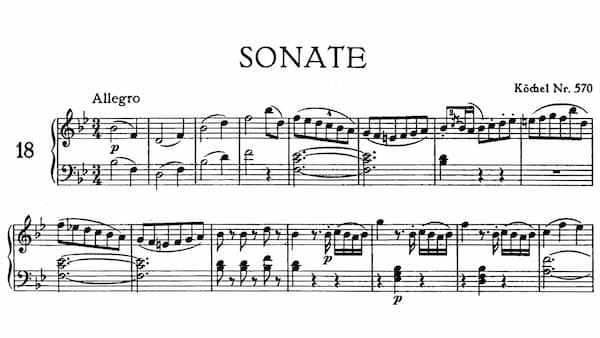
Mozart’s Piano Sonata No. 17 in B-flat major, K. 570 music score excerpt
The Sonata in B-flat, K. 570, was probably written for a student in 1789. For a student work, this sonata is more sophisticated than the “Sonata facile,” exhibiting an elegant and refined character. Mozart adopts the familiar three-movement structure of two faster outer movements, bracing a central slow movement.
The incredible slow movement has been described as “a kind of musical time machine looking both backward and forward.” It opens as a duet with accompaniment that is reminiscent of Bach, “but the emphatic and anguished declamations that soon follow reach into the romantic future.” While the hymn-like introduction would have been at home in the 18th century, the operatic episode that follows fits comfortably into the 19th century.
A critic writes, “this movement is emblematic of Mozart’s genius as student, master, communicator, and innovator. The scope of a career is captured in a single brief span.” I hope you enjoyed our brief excursion into the world of Mozart’s 10 most popular piano sonatas. They are such a masterful blend of elegance, emotional depth, and classical form, showcasing Mozart’s exceptional skill in melody, harmony, and keyboard technique.

